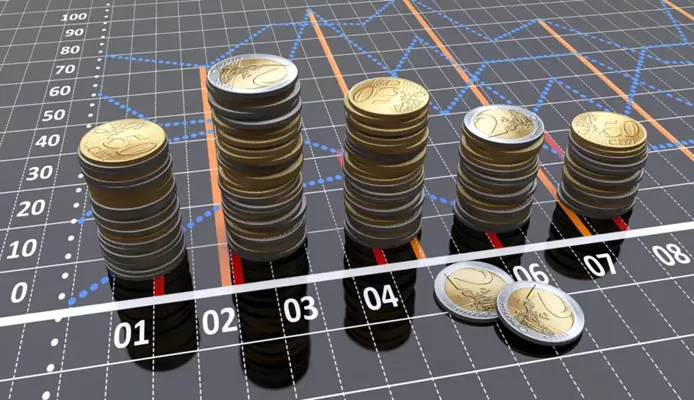Investing in index funds has become a popular strategy for individuals seeking a diversified portfolio with relatively low costs. One of the appealing aspects of index funds is their potential to provide dividend income. However, many investors wonder: how often do index funds pay dividends? This article delves into the frequency of dividend payments by index funds, factors influencing these payments, and considerations for investors.
Understanding Index Funds and Dividends
Before exploring the frequency of dividend payments, it’s essential to understand what index funds are and how they relate to dividends. An index fund is a type of mutual fund or exchange-traded fund (ETF) designed to replicate the performance of a specific market index, such as the S&P 500 or the NASDAQ-100. These funds invest in the same securities that make up the index, aiming to mirror its returns.
Dividends are payments made by companies to their shareholders, typically from profits. When you invest in an index fund, you indirectly invest in the companies that comprise the index. As these companies pay dividends, the index fund collects them and, in turn, distributes them to its shareholders.
Frequency of Dividend Payments by Index Funds
The frequency with which index funds pay dividends can vary based on several factors, including the type of fund, its investment strategy, and the policies of the fund manager. Generally, index funds distribute dividends according to the following schedules:
Quarterly Dividends
Most index funds, particularly those tracking large-cap stock indices like the S&P 500, pay dividends on a quarterly basis. This means investors receive dividend payments four times a year. The exact timing can vary, but it typically aligns with the earnings reports of the constituent companies within the index.
Monthly Dividends
Some index funds, especially those focusing on income-generating sectors like real estate investment trusts (REITs) or high-dividend stocks, may offer monthly dividend payments. These funds are often structured to provide a steady income stream, appealing to investors who rely on regular cash flow.
Annual Dividends
Certain index funds, particularly those that track bond indices or have a more conservative investment approach, might pay dividends annually. While less common, these funds accumulate dividends throughout the year and distribute them in a lump sum at the end of the year.
Factors Influencing Dividend Payment Frequency
Several factors can influence how often an index fund pays dividends:
Type of Underlying Assets
The nature of the assets held within the index fund plays a significant role in determining dividend frequency. For instance, funds that invest in bonds or REITs often distribute income more frequently, sometimes monthly, due to the regular interest or rental income generated by these assets.
Fund’s Investment Strategy
An index fund’s investment strategy can also impact dividend payments. Funds focusing on growth stocks may reinvest earnings into the companies, leading to lower or less frequent dividend payouts. In contrast, funds targeting dividend-paying stocks aim to provide regular income to investors.
Fund Manager’s Policies
The policies set by the fund manager regarding dividend distribution can vary. Some managers may choose to distribute dividends quarterly, while others might opt for monthly or annual payouts, depending on the fund’s objectives and the preferences of its investors.
Dividend Reinvestment and Its Impact
Many investors choose to reinvest their dividends rather than receive them as cash. Dividend reinvestment involves using the dividends earned to purchase additional shares of the index fund, thereby compounding the investment over time. This strategy can be particularly effective for long-term investors looking to maximize their returns.
However, it’s important to note that the frequency of dividend payments can affect the compounding process. Monthly dividends offer more frequent opportunities for reinvestment, potentially leading to faster growth compared to quarterly or annual dividends. Nonetheless, the overall impact on returns depends on the total dividend yield and the performance of the underlying assets.
Tax Considerations for Dividend Income
Dividend income is generally subject to taxation, and the frequency of dividend payments can influence tax planning strategies. In many jurisdictions, dividends are taxed at a different rate than capital gains, and receiving dividends more frequently may result in higher taxable income for the year.
Investors should be aware of the tax implications of dividend income and consider how the timing of dividend payments aligns with their overall tax strategy. Consulting with a tax professional can provide personalized guidance based on individual circumstances.
Conclusion
In summary, the frequency with which index funds pay dividends varies and is influenced by factors such as the type of underlying assets, the fund’s investment strategy, and the policies of the fund manager. While most index funds pay dividends quarterly, some offer monthly or annual distributions. Understanding these dynamics can help investors choose index funds that align with their income preferences and investment goals.
Related Topics:


